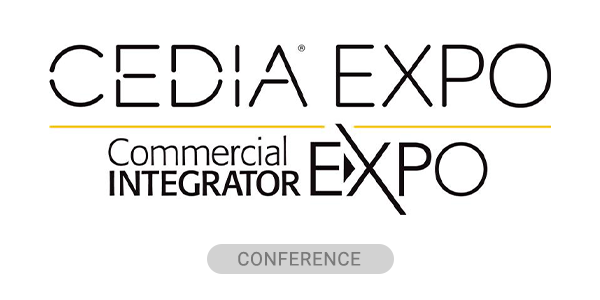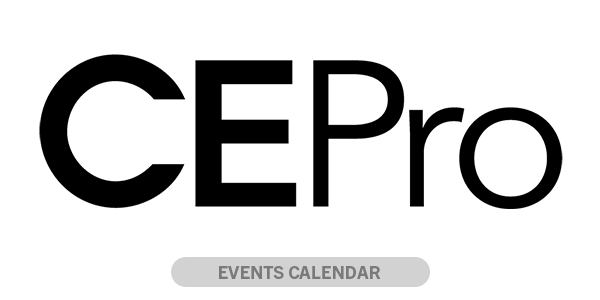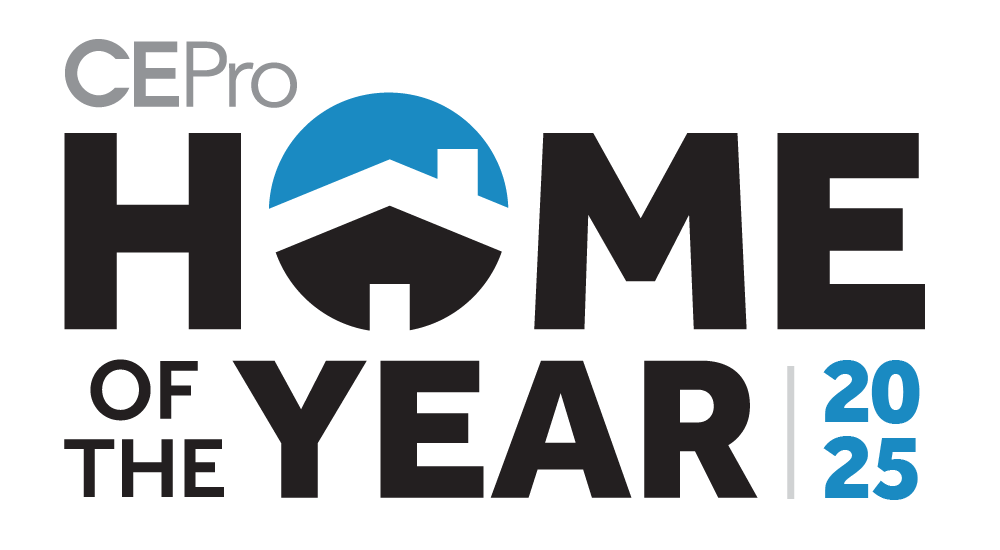An old blind listening test is making the rounds again as debate over whether high-end gear is worth the cost for developing high-end listening systems. The debate itself mainly focuses on what’s better: premium gear or premium knowledge on how to install the gear?
The Test in Question
Conducted back in 2022 by an AVS Forum member known as m. zillch, the test pitted a $500,000 vinyl setup against one that only cost $78. The goal was to see whether people could tell the difference between the two systems.
For the testing, m. zillch digitized Paul Simon’s “50 Ways to Leave Your Lover” using the TechDAS Air Force Zero—a turntable that clocks in around $450,000—as well as the AR-XA—a turntable that while originally released for $78 in 1961 would roughly translate to $803 in today’s money.
Playback levels were matched on both recordings to avoid loudness bias, with both recordings being uploaded to the forum, with m. zillch inviting others to listen and provide their responses. Specifically, zillch requested people download the files to listen to avoid any compression that would occur via online previews.
The Respective Setups
For the TechDAS Air Force Zero, labeled at Turntable B in the test, m. zillch also included a $53,000 tonearm; $13,000 cartridge; an unspecified “high-end” preamp; a Lynx $2,495 ADC; and a $125 Mobile Fidelity One Step pressing, which totals out to around $721,000 for total system costs.
The AR-XA—AKA: Turntable A—meanwhile, included a $99 cartidge, a Yamaha AV receiver phono stage, a Behringer USB interface, Monoprice cables and a $26 Columbia pressing, bringing total system cost to around $1,310 in today’s money (the original article reporting on the test listed the turntable at $78, however, that was its pricing back in 1961).
The Results
With 60 participants in the test, 35 ultimately selected Turntable A (the cheaper one) as the more expensive setup. The remaining 25 voted for B, and while not a complete washout for the TechDAS, the results highlighted that for those listening, the recordings sounded remarkably similar.
Limitations
Obviously, tests conducted over the internet are going to be met with a variety of limitations and variables. There’s the compression that goes into creating a digital file in the first place, and we don’t even know what the other forum members were listening to the recordings through (Headphones? Earbuds? Speakers?). Then there’s the quality and the cost of those playback setups to consider as well (when we say speaker are we talking studio monitor or those built into a computer monitor?).
A Brief History of Blind Listening Tests
The test itself may have some flaws, but the impetus behind it is what’s noteworthy. For as long as hi-fi has been a thing, people have always asked the question: is the higher end gear worth it? And to answer it, people have always turned to the blind listening test.
One user over on the Head-Fi forums came up with a pretty long list back in 2015 regarding all the blind tests he saw over the years, as well as their results, though, unfortunately, most of the links provided have succumbed to link rot over the years.
Here and there, patches of discussion on old audio forums still exist of people discussing their own experiences, while in the modern age Reddit has become more the go-to for holding these types of discussions with all the usual colorful responses and opinions you might come to expect with modern day social media.
Evaluating these discussions with historical internet archives of blind tests, however, one thing remains clear: the results are often very inconsistent, which when you’re trying to say “more expensive equipment unanimously sounds better,” that may as well translate into a failure.
Do Blind Listening Tests Devalue More Expensive Equipment?
Short answer? No. Not at all. If you’re a fan of whiskeys, cigars or any similar hobby that can stretch into the stratosphere for product costs, you’re likely somewhat aware of the concept of diminishing returns in quality when it comes to pricing. Yes, more expensive gear tends to perform better than cheaper gear, but those improvements might not be as substantial or noticeable in correlation to cost.
The Real Takeaway from Blind Listening Tests
Rather than saying “the more expensive stuff isn’t worth it” these blind tests tend to reinforce that if you’re going to be spending money on an expensive system, it pays way more to be knowledgeable in the setup.
That original test conducted on the AVS Forum solidifies that idea, as, when breaking down the engineering behind each system, both systems were striving to do largely the same thing, with the cheaper system focusing on heavy optimization of its core parts to really elevate it from its base out-of-the-box performance.
Of course, being able to do that requires a lot of knowledge of the products and audio engineering that goes into them, which the average consumer might not have.
In this regard you might consider the higher cost of a product as a premium paid for the consumer accessing a “shortcut” regarding knowledge or experience in the setup of a system. But whether a consumer is buying a low-end or a high-end system, that lack of knowledge and experience will ultimately limit their system’s performance regardless.
The same care and attention that can greatly elevate a low-end system can do the same to a high-end system as well. Room correction. Calibration. Little touches conducted by experts can make a little do a whole lot more than what most people might expect.
Instead, these tests highlight something special integrators should be stressing to their clients (if they aren’t already). When it comes to good sound, the products will give you a workable range, but it’s the setup and the technical know-how that an integrator brings that’s going to get them the experience they’re looking for.
If you want to be cheeky about it, though, you could say that this test shows that at the very least, the professional expertise and experience required for a good setup is worth at least $720,000.
















